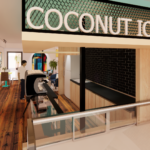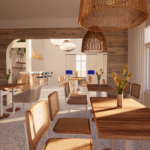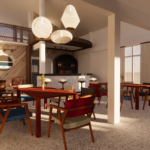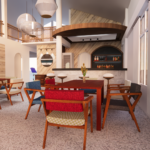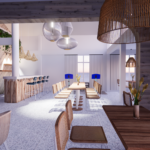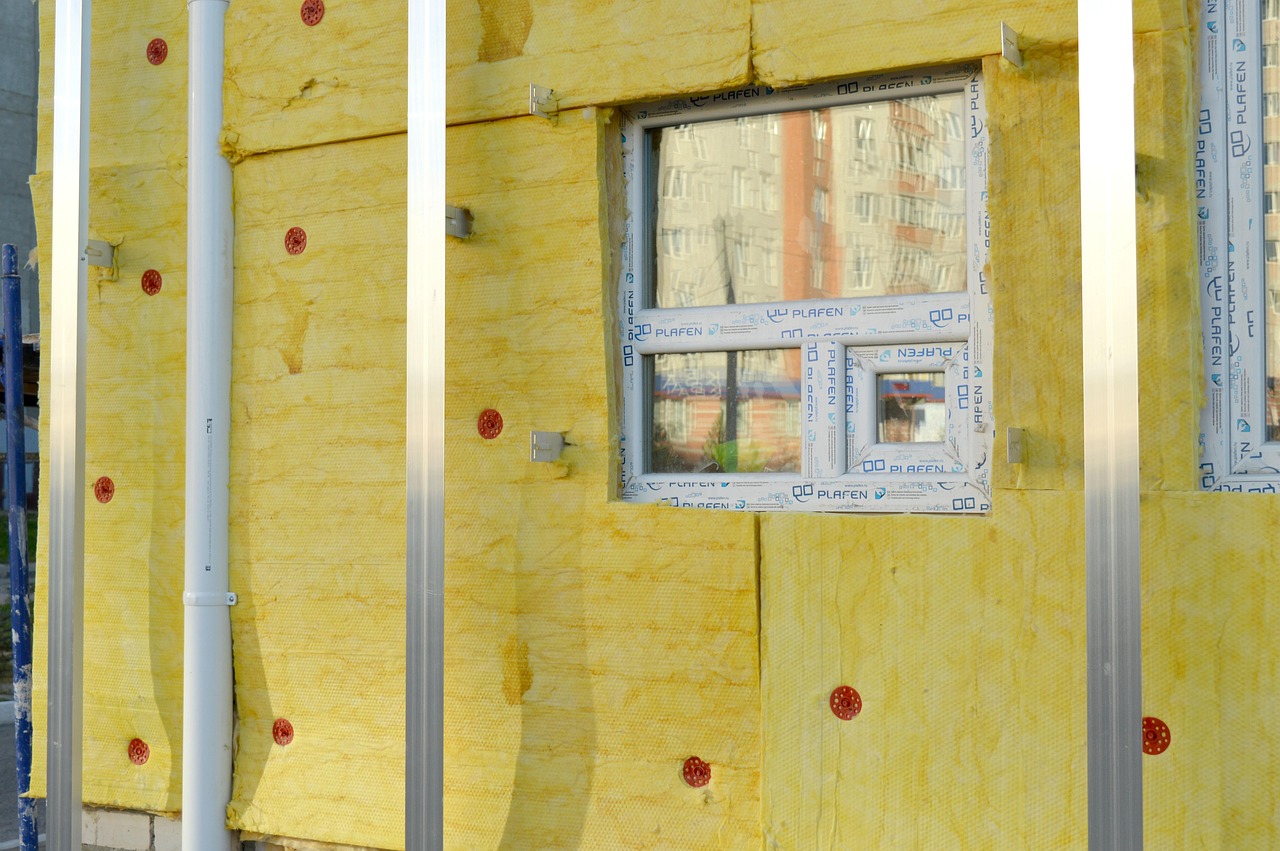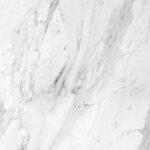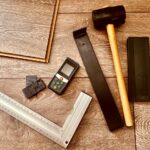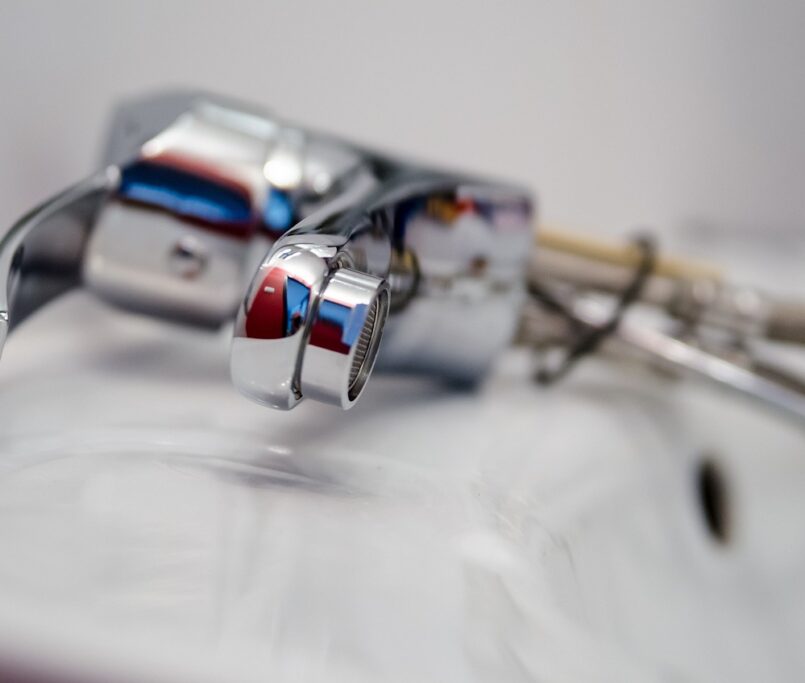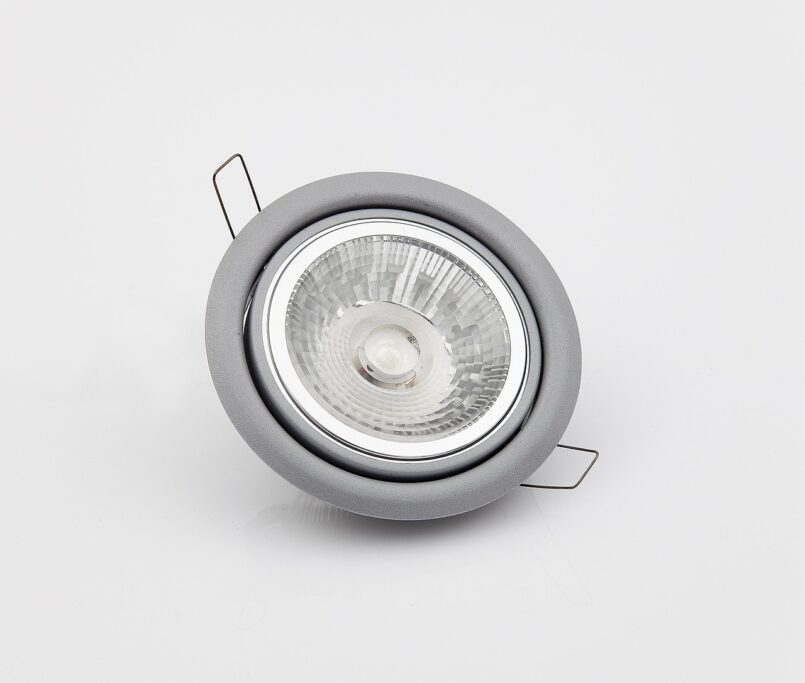In Koh Samui, many homeowners overlook insulation, until the heat becomes unbearable or energy bills start to climb. But insulation materials are one of the smartest, low-tech ways to improve comfort and reduce air-conditioning demand in a tropical villa.
Whether you’re building from scratch or upgrading a home that wasn’t built with tropical efficiency in mind, understanding how and where to insulate can significantly impact your indoor environment—and your wallet.
Why Insulation Matters in the Tropics
We typically associate insulation with cold climates, but in hot, humid zones like Koh Samui, its purpose is reversed: to keep heat out and cool air in.
Correctly applied insulation materials help:
- Reduce indoor heat gain
- Lower energy usage (by up to 20% in many cases)
- Prevent condensation on cold surfaces
- Protect against mould and mildew, which are common in humid homes
This isn’t just a comfort issue—it’s a maintenance one, too. Excess humidity and poor thermal control lead to faster deterioration of interior finishes, mould growth, and energy-hungry HVAC systems working overtime.
Where to Focus Insulation Efforts
- HVAC Ducts & Cold-Water Pipes
If you do nothing else, wrap your air-conditioning ducts and water pipes with appropriate insulation. This is one of the most cost-effective upgrades in a tropical villa. EPDM (ethylene propylene diene monomer) foam is a smart choice here—it’s flexible, mould-resistant, UV-stable, and excellent at reducing heat transfer and condensation. - Roof Spaces
We sometimes recommend radiant barriers or reflective insulation in pitched roofs to deflect heat before it even enters the building envelope. If budget allows, combine this with closed-cell foam or mineral wool for extra performance. - Walls (Selective Use)
In Samui, wall insulation is rarely used, and for good reason: thick masonry walls often perform adequately, and air movement (ventilation) is usually a higher priority. However, in rooms exposed to prolonged sun, rigid board insulation or air gaps can be helpful—provided moisture migration is controlled.
Installation Matters as Much as Material
No matter the product, installation quality is key. Even high-end insulation can fail if there are gaps, compressed material, or unsealed joints. For HVAC systems, we recommend:
- Minimum 25mm insulation thickness
- Fully sealed joints with vapour barriers
- Professional-grade adhesives suitable for high-humidity zones
If you’re using insulation tape, don’t skimp. It should match the thermal rating of the insulation itself.
Architect’s Verdict: Worth It, But Only When Done Right
Insulation isn’t sexy—but it’s one of the best returns on investment for comfort and long-term cost savings. For new builds, it should be baked into the design from day one. For renovations, HVAC and pipe insulation offer a high-impact, low-disruption upgrade.
At Architect Samui, we’ve advised on many tropical homes and have a Youtube Channel where we look at many materials and other vital information if you are buying land and building a home. Please do check it out. There is also our blog where we regularly update assessments of raw building materials. If you’re unsure where to begin or how far to go, get in touch for an architectural consult grounded in Samui-specific climate insight.

